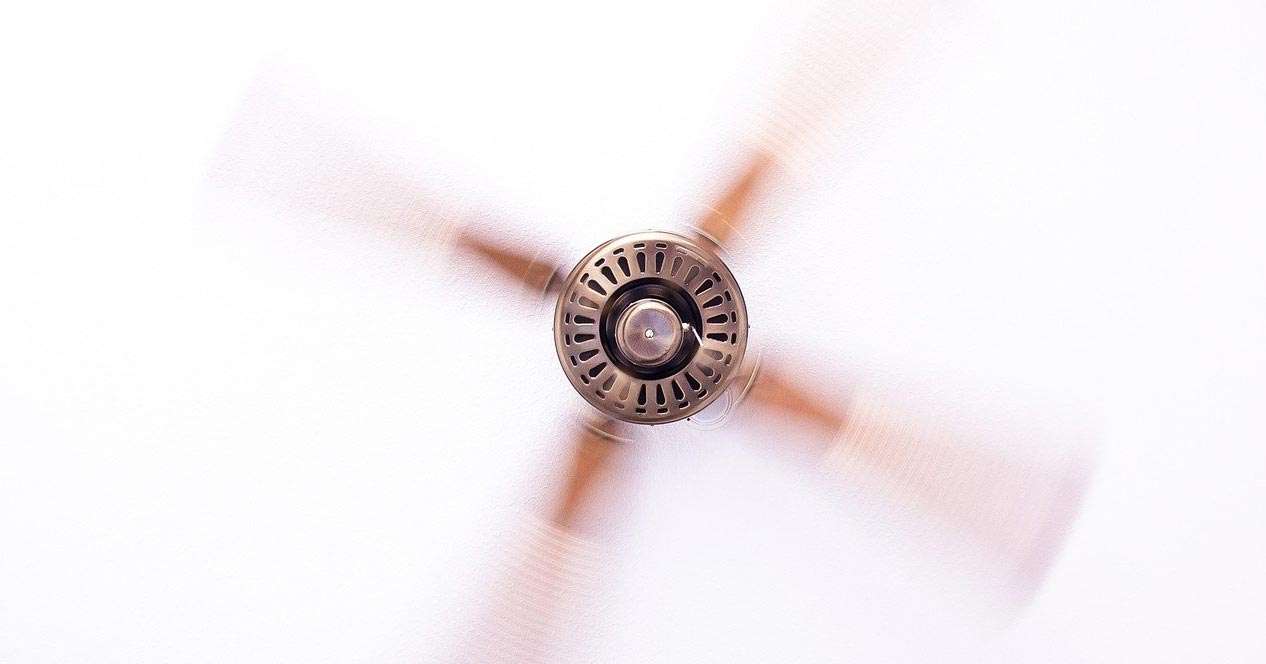

Articles
Why Does My Fan Make Noise
Modified: March 25, 2024
Discover articles that explain why your fan may be making noise and find solutions to help quiet it down for a peaceful environment.
(Many of the links in this article redirect to a specific reviewed product. Your purchase of these products through affiliate links helps to generate commission for Storables.com, at no extra cost. Learn more)
Introduction
Fans are a popular and essential component in homes and offices, providing much-needed airflow and helping to maintain a comfortable environment. However, it can be incredibly frustrating when your fan starts making noise, disrupting your peace and concentration. Understanding why your fan is making noise is the first step in resolving the issue and restoring its functionality.
There are several common causes that can contribute to a noisy fan. Identifying these causes will allow you to determine the appropriate course of action to resolve the problem. From improper installation to dust and debris build-up, this article will explore the various reasons behind that irritating noise coming from your fan.
Key Takeaways:
- Regular maintenance and troubleshooting can address common fan noise issues such as improper installation, dust build-up, and defective blades, ensuring a peaceful and comfortable environment.
- Identifying and addressing loose components, lubricating fan bearings, and checking speed controls can effectively reduce fan noise, promoting a quieter and more efficient operation.
Read more: Why Does My Attic Fan Make Noise
Common Causes of Noisy Fans
When your fan starts making noise, it’s important to address the issue promptly to prevent further damage. Here are some common causes of noisy fans:
- Improper Installation: One of the main culprits behind a noisy fan is improper installation. If the fan is not properly secured or mounted on a stable surface, it can cause vibrations and rattling noises. Ensure that your fan is securely installed to eliminate this potential cause of noise.
- Dust and Debris Build-up: Over time, dust, dirt, and other debris can accumulate on the fan blades and motor. This build-up can cause the fan to become unbalanced and create noise as it rotates. Regularly cleaning your fan by gently wiping the blades and motor with a soft cloth can help prevent this issue.
- Defective or Misaligned Fan Blades: If your fan blades are defective or become misaligned, they can make scraping, rubbing, or whirring noises while spinning. This can occur due to wear and tear, accidents, or poor manufacturing. Inspect the blades for any visible damage and consider replacing them if necessary.
- Bearing Failure: Fan motors have bearings that allow the blades to rotate smoothly. Over time, these bearings can wear out or become damaged, resulting in a grinding or squeaking noise. In such cases, lubricating the bearings or replacing the motor may be required.
- Overheating: When a fan motor becomes overheated, it can create a buzzing or humming noise. This can happen if the fan’s vents are blocked, the motor is overloaded, or the fan is operating in a high-temperature environment. Check that the fan has proper ventilation and consider using it in a cooler area to reduce the risk of overheating.
- Fan Speed Control Issues: Some fans have speed control settings that allow you to adjust their speed. If the speed control mechanism malfunctions or is set at an inappropriate level, it can lead to erratic or noisy fan operation. Ensure that the fan’s speed control is functioning correctly and set it to an appropriate speed.
Identifying the specific cause of the noise will help you determine the best course of action to fix your noisy fan. In the following sections, we will explore some troubleshooting steps to address and resolve these issues.
Improper Installation
Improper installation is a common cause of noisy fans. If a fan is not installed correctly, it can result in vibrations and rattling sounds. Here are some factors to consider when assessing the installation of your fan:
- Mounting Surface: Ensure that the fan is securely mounted on a stable surface. If the mounting surface is not level or sturdy enough, it can cause the fan to wobble and produce noise. Use a level to check if the mounting surface is straight, and if necessary, adjust or reinforce it before reinstalling the fan.
- Secure Fastening: Make sure that all screws and fasteners used to secure the fan are properly tightened. Loose screws can cause parts of the fan to rattle, leading to noise generation. Use a screwdriver or wrench to tighten any loose components, including the blade brackets, motor housing, and mounting brackets.
- Downrod Length: If your fan has a downrod, ensure that it is the correct length and properly installed. A improperly sized or incorrectly installed downrod can cause the fan to hang too low or not be balanced, resulting in unwanted noise. Refer to the manufacturer’s instructions for proper downrod installation.
- Avoid Contact with Other Objects: When installing a fan, ensure that it has enough clearance from other objects such as furniture, walls, and ceilings. Allow sufficient space for the fan blades to rotate freely without hitting or scraping against any obstacles. Contact with nearby objects can lead to additional noise and potential damage to the fan.
- Check the Balance: If your fan is still noisy after ensuring a proper installation, it may be due to an imbalance in the blades. Imbalanced blades can cause the fan to shake and produce noise. Use a balancing kit or a blade-balancing tool to check and correct any imbalances. Aligning the blades will help reduce noise and enhance the performance of your fan.
Proper installation is crucial for the smooth and silent operation of your fan. By addressing these installation considerations, you can reduce the chances of your fan causing unnecessary noise and enjoy a quieter and more comfortable environment.
Dust and Debris Build-up
Dust and debris accumulation on the fan blades and motor can lead to unwanted noise. Over time, these particles can cause the fan to become imbalanced, resulting in vibrations, scraping sounds, and overall noisy operation. Here’s how you can address dust and debris build-up to restore your fan’s quiet performance:
- Cleaning the Fan Blades: Begin by turning off the fan and unplugging it from the power source. Use a soft cloth or a microfiber duster to gently wipe the blades, removing any dust or dirt. Be careful not to bend or damage the blades in the process. Consider using a vacuum cleaner with a soft brush attachment to remove stubborn dirt particles.
- Using a Compressed Air Canister: If the dust and debris are deeply embedded or hard to remove with a cloth, you can use a can of compressed air. Hold the can upright and use short bursts to blow away the dust from the blades, motor, and other hard-to-reach areas. Keep the nozzle a safe distance away from the fan to prevent any damage.
- Disassembling for Thorough Cleaning: In some cases, a deeper cleaning may be necessary. Consult the manufacturer’s instructions to see if the fan can be disassembled for cleaning purposes. Take caution and follow the specific guidelines provided. Once disassembled, you can clean individual parts with mild soap and water, ensuring they are completely dry before reassembling the fan.
- Regular Maintenance: To prevent excessive dust and debris build-up in the future, it is essential to incorporate regular fan maintenance. Set a routine to clean the fan blades and motor every few months, or as needed, to keep them free from dust and other particles. This practice will not only reduce noise but also prolong the life and efficiency of your fan.
By regularly cleaning your fan and keeping it free from dust and debris, you can ensure its optimal and quiet performance. This simple maintenance routine will contribute to a healthier and more pleasant environment in your home or office.
Defective or Misaligned Fan Blades
Another common cause of noise in fans is defective or misaligned blades. This can result from various factors, including wear and tear, accidents, or poor manufacturing. Here’s how you can address this issue:
- Inspect the Blades: Begin by turning off the fan and unplugging it from the power source. Carefully examine the blades for any visible damage, such as cracks, chips, or warping. Even a small imperfection can cause disruptive noise when the fan is in operation.
- Replace Defective Blades: If you notice any significant damage or signs of wear on the blades, it is recommended to replace them. Check with the manufacturer or supplier for replacement blades that are compatible with your fan model. Follow the manufacturer’s instructions for safely removing the old blades and attaching the new ones.
- Adjust Misaligned Blades: If the blades appear to be misaligned, you can try adjusting them to restore balance. Gently bend the blades back into position by applying slight pressure. Be careful not to apply too much force, as it may cause further damage. Use a balancing kit or a blade-balancing tool to ensure all the blades are evenly aligned.
- Seek Professional Help: If you are unsure about replacing or realigning the blades yourself, it is recommended to seek professional assistance. A technician experienced in fan repairs can accurately diagnose and address the issue, ensuring the fan operates smoothly and quietly.
Addressing defective or misaligned fan blades is crucial for reducing noise and restoring optimal performance. By inspecting and maintaining the blades, you can keep your fan running quietly and efficiently, creating a more comfortable environment.
Read more: Why Is My Computer Making A Fan Noise
Bearing Failure
Fan motors are equipped with bearings that allow the blades to rotate smoothly. Over time, these bearings can wear out, become damaged, or lose their lubrication, resulting in grinding or squeaking noises. Here’s how you can address bearing failure in your fan:
- Identify the Source of Noise: Turn off the fan and listen carefully to locate the area where the noise is coming from. If the noise is concentrated near the motor, it may indicate bearing failure.
- Lubricate the Bearings: In some cases, lack of lubrication can cause bearing noise. Refer to the manufacturer’s instructions to determine if your fan’s bearings are accessible for lubrication. Use an appropriate lubricant recommended by the manufacturer and apply it to the bearings as instructed. This can help reduce noise and improve the smooth operation of the fan. However, if the bearings are sealed or inaccessible for lubrication, they may need to be replaced.
- Replace the Bearings: If lubrication does not resolve the noise issue, it is likely that the bearings have reached the end of their lifespan and need replacement. Consult the manufacturer or a professional technician for guidance on finding the correct replacement bearings for your fan model. Properly replacing the bearings will extend the life of your fan and restore its quiet operation.
- Seek Professional Help: If you are uncertain about lubricating or replacing the bearings yourself, it’s advisable to seek assistance from a professional. An experienced technician can diagnose the extent of the bearing damage and perform the necessary repairs with expertise.
Addressing bearing failure promptly is essential to prevent further damage to your fan and ensure its continued quiet and efficient operation. By lubricating or replacing the bearings as needed, you can extend the life of your fan and enjoy a peaceful environment.
Overheating
When a fan motor becomes overheated, it can generate buzzing or humming noises. This can be caused by a variety of factors such as blocked vents, an overloaded motor, or operating the fan in a high-temperature environment. Here’s how you can address overheating in your fan:
- Check for Blocked Vents: Inspect the fan to ensure that there are no obstructions blocking the vents. Dust, debris, or objects placed too close to the fan can restrict airflow, leading to overheating. Clear any blockages and ensure that the fan has proper ventilation to prevent overheating.
- Avoid Overloading the Motor: If you are using the fan for extended periods or on a high-speed setting, the motor may become overloaded and overheat. Consider reducing the fan’s operating time or decreasing the speed to alleviate stress on the motor and minimize the risk of overheating.
- Operate in a Cooler Environment: If possible, move the fan to a cooler room or area where the ambient temperature is lower. Operating the fan in a hot environment can strain the motor and contribute to overheating. By providing a cooler setting, you can help maintain the motor’s temperature within a safe range.
- Maintain Proper Fan Maintenance: Regularly clean the fan to prevent dust and debris build-up, as these can obstruct airflow and lead to overheating. Additionally, ensure that all fan components are in good condition and properly connected. Loose or damaged parts can impact the fan’s performance, potentially causing overheating.
- Consider Using a Fan with Temperature Controls: Some advanced fans come with built-in temperature control features. These fans automatically adjust their speed or shut off when the temperature reaches a certain level, preventing overheating. If you frequently encounter overheating issues, investing in such a fan may be a worthwhile solution.
Addressing overheating in your fan is crucial to prevent potential damage to the motor and ensure its longevity. By checking for blockages, reducing motor stress, operating in a cooler environment, maintaining proper fan maintenance, and considering temperature-controlled options, you can minimize the risk of overheating and enjoy a quieter, more relaxing experience with your fan.
Fan Speed Control Issues
Fans equipped with speed control settings allow you to adjust their speed to your desired level. However, if there are issues with the fan’s speed control mechanism, it can result in erratic or noisy fan operation. Here’s how you can troubleshoot fan speed control issues:
- Check the Speed Control Setting: Ensure that the fan speed control is set to an appropriate level. If the fan is set to a high-speed setting when a lower speed would suffice, it can lead to increased noise. Adjust the speed control to find the balance between ventilation and noise reduction.
- Inspect the Speed Control Switch: Examine the fan’s speed control switch for any visible damage or loose connections. If the switch is faulty or not properly connected, it can cause inconsistent or noisy fan operation. In such cases, replacing the speed control switch may be necessary.
- Consider a Variable Speed Control: Some fans offer variable speed controls that provide a wider range of speed options. If your current fan’s speed control is limited or malfunctioning, consider replacing it with a variable speed control switch. This will allow for more precise speed adjustments, potentially reducing noise and enhancing overall fan performance.
- Investigate Remote Control Issues: If your fan is operated via a remote control, check if the remote control batteries are functioning properly. Weak batteries can result in inconsistent or unresponsive speed control. Replace the batteries if necessary and ensure that there are no obstructions between the remote control and the fan.
- Consult the Manufacturer’s Instructions: If you are unsure about troubleshooting or fixing speed control issues, refer to the manufacturer’s instructions or contact their customer support for guidance. They may provide specific troubleshooting steps or recommend appropriate solutions to address your fan’s speed control problems.
Addressing fan speed control issues is essential for achieving the desired airflow while minimizing unnecessary noise. By checking the speed control setting, inspecting the switch, considering a variable speed control, investigating remote control issues, and utilizing manufacturer instructions, you can troubleshoot and resolve speed control problems to enjoy a quieter fan experience.
Regular maintenance of your fan, including cleaning the blades and tightening any loose screws, can help reduce noise. If the noise persists, it may be a sign of a more serious issue and should be inspected by a professional.
Troubleshooting Noisy Fans
If your fan is making noise, it’s important to troubleshoot the issue to restore its quiet operation. Here are some steps you can take to troubleshoot and address noisy fans:
- Cleaning the Fan: Start by turning off the fan and unplugging it from the power source. Use a soft cloth or a microfiber duster to gently clean the fan blades, motor, and other accessible parts. Dust and debris build-up can cause the fan to become imbalanced and generate noise. Regularly cleaning your fan can help reduce noise and improve its performance.
- Tightening Loose Components: Check for any loose components such as screws, blade brackets, or motor housing. Use a screwdriver or wrench to tighten them as necessary. Loose parts can cause vibrations and rattling noises, so ensuring everything is securely fastened can significantly reduce noise levels.
- Replacing Defective Blades or Components: If you notice any visible damage or wear on the fan blades or other components, consider replacing them. Defective or misaligned blades can create scraping or whirring noises. Contact the manufacturer or supplier to obtain the correct replacement parts for your fan model.
- Lubricating the Fan Bearings: If your fan has accessible bearings, lubricating them can help reduce noise caused by friction. Refer to the manufacturer’s instructions for the appropriate lubricant to use and apply it to the bearings as instructed.
- Checking and Adjusting Fan Speed Controls: If your fan has speed control settings, ensure that they are correctly adjusted. Sometimes, setting the fan to a higher speed than necessary can generate extra noise. Adjust the speed control to find the right balance between ventilation and noise reduction.
- Seeking Professional Assistance: If the noise persists or you are unsure about troubleshooting the issue yourself, consider seeking professional help. A qualified technician can diagnose the problem and provide the necessary repairs or replacements to restore your fan’s quiet operation.
By following these troubleshooting steps, you can identify and resolve the underlying causes of noise in your fan. Remember to always prioritize safety by disconnecting the fan from the power source before performing any maintenance or repairs.
It’s important to note that some fans naturally produce a certain amount of noise due to their design. If the noise is within an acceptable range and doesn’t affect the fan’s performance, it may not require further action. However, if the noise is excessive or bothersome, addressing the issue through troubleshooting steps can help restore a peaceful environment.
Read more: Why Does My Toilet Make Noise
Cleaning the Fan
Cleaning your fan is an essential step in troubleshooting and reducing noise. Dust and debris build-up on the fan blades and motor can cause the fan to become imbalanced and generate unwanted noise. Here’s how you can effectively clean your fan:
- Turn Off and Unplug: Before starting the cleaning process, make sure to turn off the fan and unplug it from the power source. This will ensure your safety during the cleaning process.
- Gently Wipe the Fan Blades: Take a soft cloth or a microfiber duster and gently wipe the fan blades. Start from the center and move towards the edges. Wipe both the upper and lower sides of the blades to remove dust and dirt. Avoid applying excessive pressure or bending the blades.
- Use a Vacuum Cleaner: If there is significant dust build-up or the blades are hard to reach with a cloth, you can use a vacuum cleaner with a soft brush attachment. Hold the attachment a few inches away from the blades and gently vacuum the dust. Move the vacuum nozzle along the blades in a slow and controlled manner to avoid damaging them.
- Clean the Motor Housing: Dust and debris can also accumulate on the motor housing. Use a soft, damp cloth to wipe the motor housing. Ensure that the cloth is not too wet to prevent water from entering the motor and causing damage.
- Clean the Fan Grill or Vents: If your fan has a grill or vents, dust can accumulate there as well. Use a cloth or brush to gently clean the grill or vents. If the grill is removable, take it off and clean it separately. Ensure that the grill is completely dry before reattaching it.
- Regular Maintenance: To keep your fan running smoothly, it’s important to incorporate regular fan maintenance. Set a schedule to clean your fan every few months or as needed, depending on the environment it is placed in. Regular maintenance will prevent excessive dust build-up and reduce the chances of noisy operation.
Cleaning your fan not only helps reduce noise but also improves its overall effectiveness and extends its lifespan. It’s important to emphasize safety and follow manufacturer instructions during the cleaning process.
By incorporating regular cleaning as part of your fan maintenance routine, you can enjoy a quieter and more efficient fan, providing a comfortable and peaceful environment in your home or office.
Tightening Loose Components
One common cause of noise in fans is loose components. When screws, blade brackets, or motor housing are not properly tightened, it can result in vibrations and rattling noises. Addressing loose components is key to reducing noise and restoring your fan’s smooth operation. Here’s how you can tighten loose components:
- Turn Off and Unplug: Before you begin, ensure that the fan is turned off and unplugged from the power source. This will prevent any accidental start-up while you are working on it.
- Inspect for Loose Components: Carefully examine the fan to identify any loose components. Common areas to check include screws that secure the blade brackets and motor housing.
- Use a Screwdriver or Wrench: Once you’ve identified the loose components, use a screwdriver or wrench to tighten them. Make sure to use the appropriate tool size to avoid damaging the screws or brackets.
- Tighten Blade Brackets: Focus on the blade brackets that connect the fan blades to the motor housing. Give each blade bracket a gentle twist to check if it is loose. If you feel any movement, use a screwdriver to tighten the screws that secure the bracket to the motor housing. Repeat this process for each blade bracket.
- Tighten Motor Housing: Check the motor housing for any loose screws or fasteners. If you find any, tighten them using a screwdriver or wrench. These screws are typically located on the sides or top of the motor housing.
- Recheck for Tightness: After tightening all the loose components, give the fan a gentle shake to ensure everything is securely fastened. If there is no movement or rattling, you have successfully tightened the loose components.
Tightening loose components is a simple yet effective way to eliminate noise in your fan. By securing screws, blade brackets, and motor housing, you can greatly minimize vibration and create a quieter fan environment.
Regularly inspecting and tightening loose components as part of your fan maintenance routine will help sustain the quiet operation of your fan and prolong its lifespan. Remember to always follow the manufacturer’s instructions and use the appropriate tools for the job.
Replacing Defective Blades
If you have identified that the blades of your fan are defective or damaged, they may be the source of the noise. Replacing defective blades is necessary to restore quiet and efficient operation. Here’s how you can go about replacing them:
- Turn Off and Unplug: Before starting the replacement process, make sure the fan is turned off and unplugged from the power source. This ensures your safety during the blade replacement.
- Identify the Defective Blades: Inspect the fan blades for visible damage such as cracks, chips, or warping. Even minor imperfections can cause noise and affect the fan’s performance. Identify which blades need to be replaced.
- Order Replacement Blades: Contact the manufacturer or supplier to obtain the correct replacement blades for your specific fan model. Provide them with the necessary information, such as the fan model number or blade measurements, to ensure you receive the appropriate replacement blades.
- Follow Manufacturer’s Instructions: Refer to the manufacturer’s instructions for specific guidance on how to replace the blades. The instructions may vary depending on the fan model. Follow the step-by-step instructions provided to ensure a successful blade replacement.
- Safely Remove the Old Blades: Once you have the replacement blades, carefully remove the old blades from the fan. This typically involves removing screws or clips that secure the blades to the motor housing. Follow the manufacturer’s instructions for the correct removal process.
- Attach the New Blades: Take the new blades and securely attach them to the motor housing according to the manufacturer’s instructions. Ensure that the blades are aligned properly and that the fasteners are tightened securely.
- Test and Verify: After replacing the blades, turn on the fan and observe its operation. Check for any abnormal noises or vibrations. If everything is functioning smoothly and quietly, you have successfully replaced the defective blades.
Replacing defective blades is crucial to maintain a quiet and efficient fan operation. By obtaining the correct replacement blades and following the manufacturer’s instructions, you can restore your fan’s performance and enjoy a noise-free environment.
Remember to exercise caution during the replacement process and always prioritize your safety. If you are uncertain about replacing the blades yourself, it is advisable to seek professional assistance for a smooth and proper replacement.
Lubricating the Fan Bearings
Fan bearings play a vital role in allowing smooth and frictionless rotation of the blades. Over time, these bearings can become dry and worn, resulting in grinding or squeaking noises. Proper lubrication of the fan bearings can help reduce friction and noise. Here’s how you can lubricate the fan bearings:
- Turn Off and Unplug: Before lubricating the fan bearings, ensure that the fan is turned off and unplugged from the power source. This is important for your safety during the lubrication process.
- Identify the Bearings: Locate the fan bearings, which are typically located at the center of the motor housing. Refer to the manufacturer’s instructions if you are unsure about the exact location of the bearings in your fan.
- Choose the Right Lubricant: Use a lubricant specifically designed for fan bearings. Refer to the manufacturer’s instructions for the recommended lubricant type and ensure it is compatible with your fan model.
- Apply the Lubricant: Apply a few drops of the lubricant to each bearing, ensuring the lubricant reaches the inner portion of the bearing. Avoid over-lubricating, as excess lubricant can attract dust and dirt, leading to further issues.
- Manually Rotate the Blades: Once the lubricant is applied, manually rotate the fan blades a few times. This will help distribute the lubricant evenly throughout the bearings and assist in its proper functioning.
- Wipe Excess Lubricant: After rotating the blades, use a soft cloth to wipe away any excess lubricant. This will prevent the excess lubricant from dripping onto other parts of the fan and causing further issues.
- Monitor and Re-Lubricate if Needed: Observe the fan’s operation for a period of time. If you still notice noise or feel that the bearings are not adequately lubricated, you may need to re-apply lubricant or seek professional assistance for further evaluation.
Lubricating the fan bearings is a critical step in reducing noise and promoting smooth operation. Periodic lubrication helps extend the life of your fan and ensures optimal performance.
Remember to follow the manufacturer’s instructions and use the recommended lubricant when lubricating the fan bearings. If you are unsure about the lubrication process or encounter any difficulties, it is always advisable to seek professional help to avoid causing further damage to the fan.
Read more: Why Does My Plumbing Pipe Make Noise
Checking and Adjusting Fan Speed Controls
If your fan has speed control settings, it allows you to adjust the fan’s speed according to your preference. However, if there are issues with the fan’s speed control mechanism, it can result in erratic or noisy operation. Here’s how you can check and adjust the fan speed controls:
- Verify the Speed Control Setting: Start by ensuring that the fan speed control is set to the desired level. Sometimes, the fan may be set to a high speed unnecessarily, which can generate more noise. Adjust the speed control to a lower setting to see if it reduces the noise.
- Inspect the Speed Control Switch: Carefully examine the speed control switch for any visible damage or loose connections. Over time, switches can deteriorate or become loose, affecting the smooth operation of the fan. If there are any issues with the switch, consider replacing it with a new one.
- Consider a Variable Speed Control: If your current fan speed control is limited or malfunctioning, you may want to consider upgrading to a variable speed control. These controls offer a wider range of speed options, allowing you to find the optimal balance between desired ventilation and reduced noise.
- Investigate Remote Control Issues: If your fan is operated via a remote control, check if the batteries in the remote control are functioning properly. Weak batteries can result in inconsistent or unresponsive speed control. Replace the batteries with fresh ones and ensure there are no obstructions between the remote control and the fan.
- Resetting Fan Speed Controls: Some fans have a reset function for the speed controls. Refer to the manufacturer’s instructions to identify if your fan has a reset option. Resetting the fan can sometimes resolve speed control issues and bring it back to its default settings.
- Seek Professional Help: If you have tried all the troubleshooting steps and the speed control issues persist, it may be best to seek professional assistance. An experienced technician can diagnose the problem accurately and provide the necessary repairs or replacements, ensuring the fan operates smoothly and quietly.
Checking and adjusting the fan speed controls is crucial to finding the right balance between ventilation and noise reduction. By inspecting the speed control setting, switch, and remote control, as well as considering upgrades and seeking professional help if needed, you can ensure optimal fan performance and create a quiet and comfortable environment.
Always refer to the manufacturer’s instructions or consult a professional if you are unsure about troubleshooting or fixing speed control issues to avoid causing further damage to the fan.
Conclusion
Noisy fans can be a source of frustration and disturbance in our homes and offices. However, by understanding the common causes of fan noise and implementing appropriate troubleshooting steps, we can effectively address and resolve these issues.
Improper installation, dust and debris build-up, defective or misaligned fan blades, bearing failure, overheating, and fan speed control issues are among the common culprits of noisy fans. By identifying these causes and taking the necessary actions, such as tightening loose components, cleaning the fan, replacing defective blades, lubricating fan bearings, checking and adjusting speed controls, and seeking professional help when needed, we can minimize noise and restore our fans’ quiet operation.
Regular maintenance is key to preventing excessive dust build-up and ensuring that our fans continue to function optimally. By incorporating cleaning routines and periodic inspections, we can prolong the lifespan of our fans and maintain a peaceful and comfortable environment.
It is important to note that while troubleshooting steps can help alleviate noise issues, some fans may naturally produce a certain level of noise due to their design or motor characteristics. As long as the noise is within an acceptable range and does not significantly impact the fan’s performance, it may not require further intervention.
Remember to prioritize safety by disconnecting the fan from the power source before performing any maintenance or repairs. Consult the manufacturer’s instructions when available, and seek the assistance of professionals when necessary to ensure proper and effective resolution of fan noise issues.
With the right knowledge, troubleshooting steps, and regular maintenance, we can restore our noisy fans to their optimal state, creating a peaceful and comfortable environment for everyone to enjoy.
Frequently Asked Questions about Why Does My Fan Make Noise
Was this page helpful?
At Storables.com, we guarantee accurate and reliable information. Our content, validated by Expert Board Contributors, is crafted following stringent Editorial Policies. We're committed to providing you with well-researched, expert-backed insights for all your informational needs.
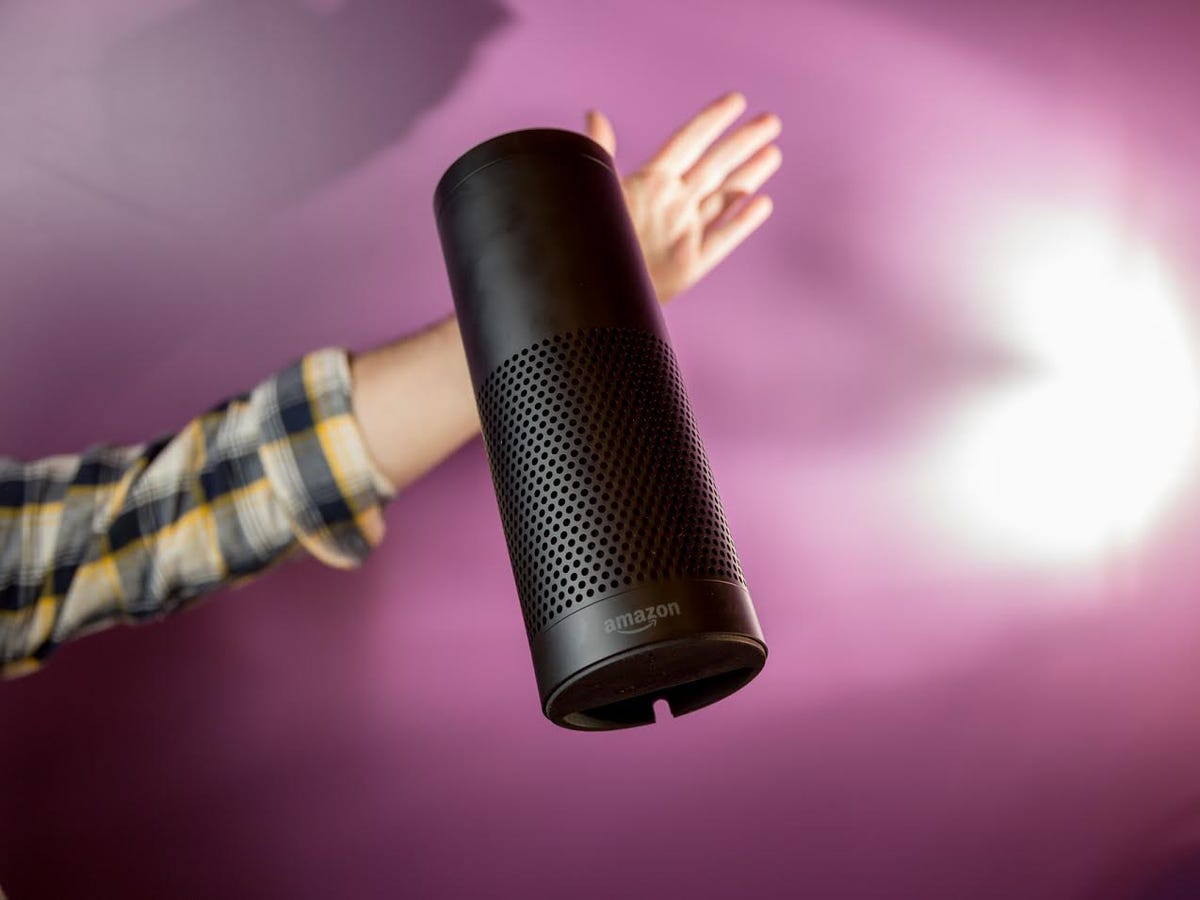

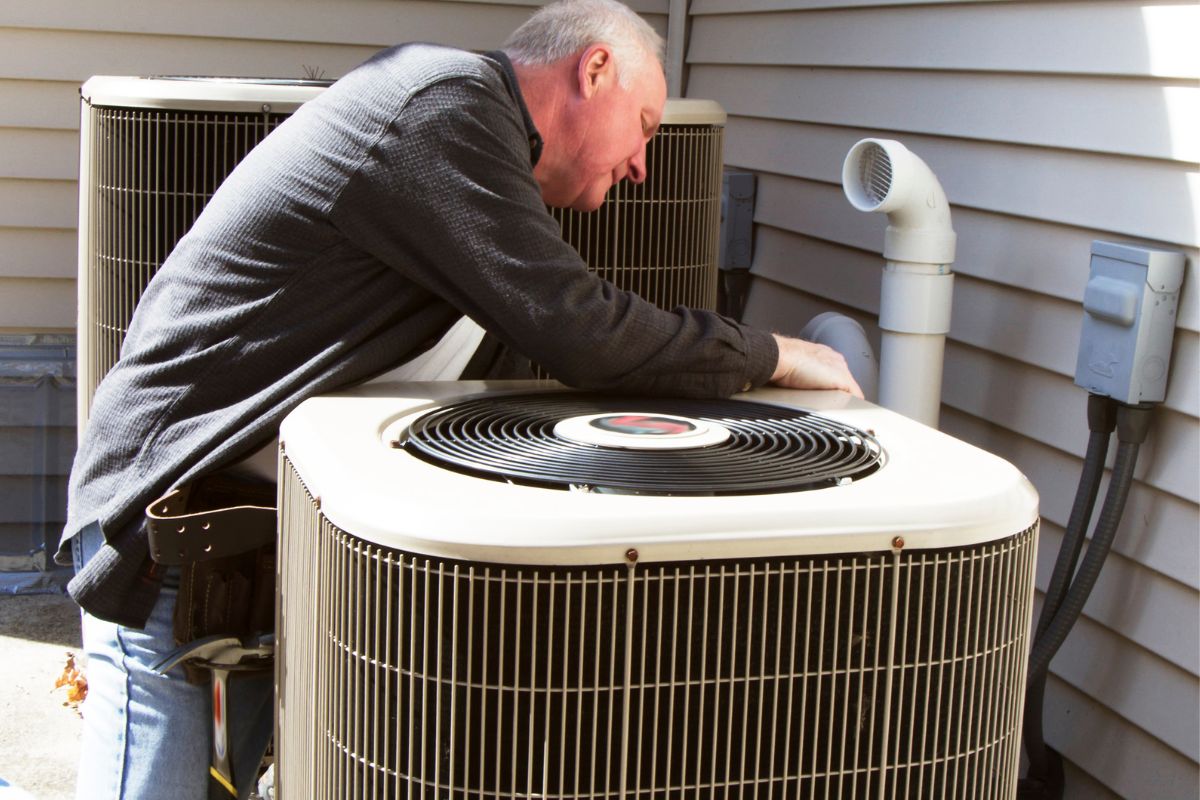

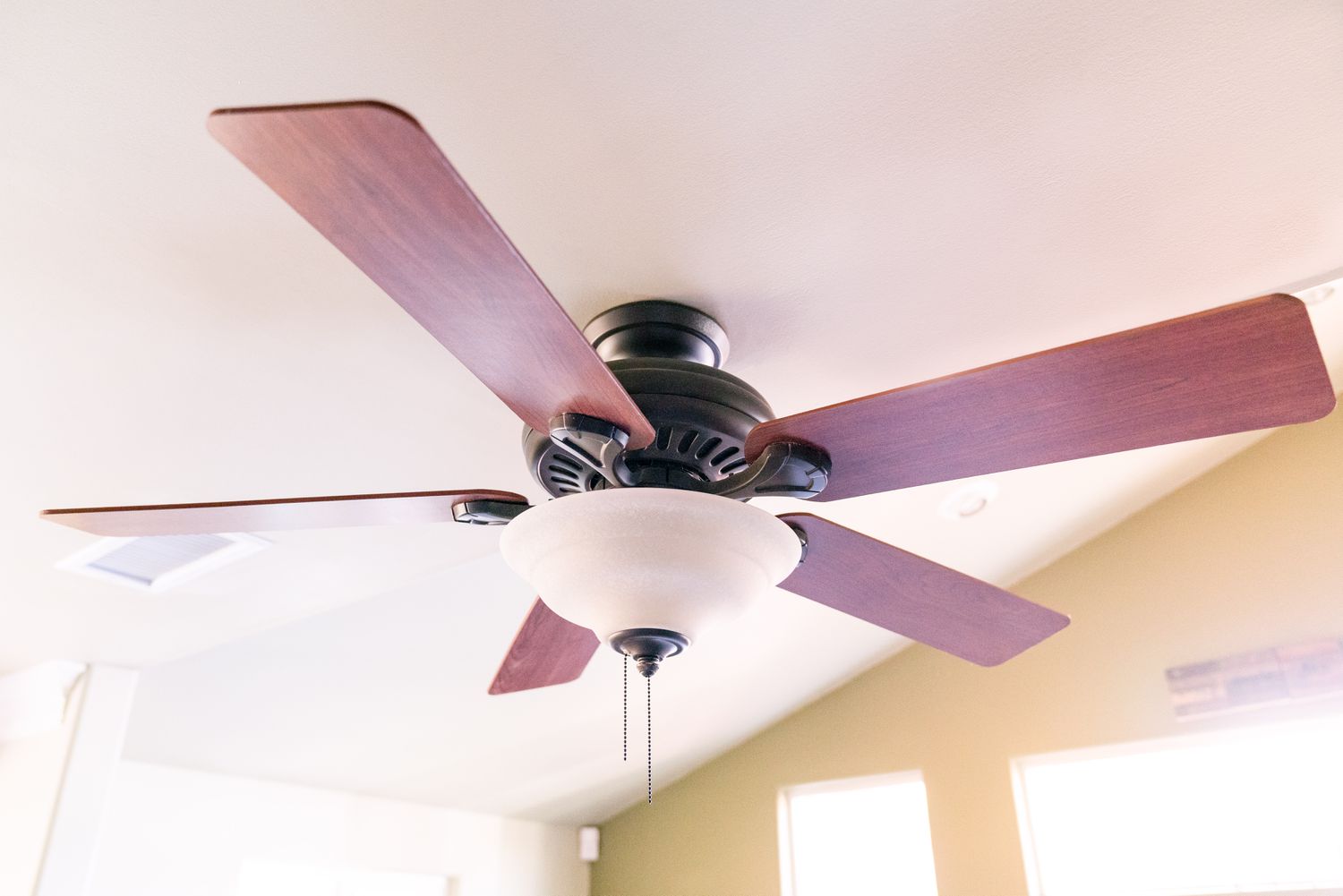
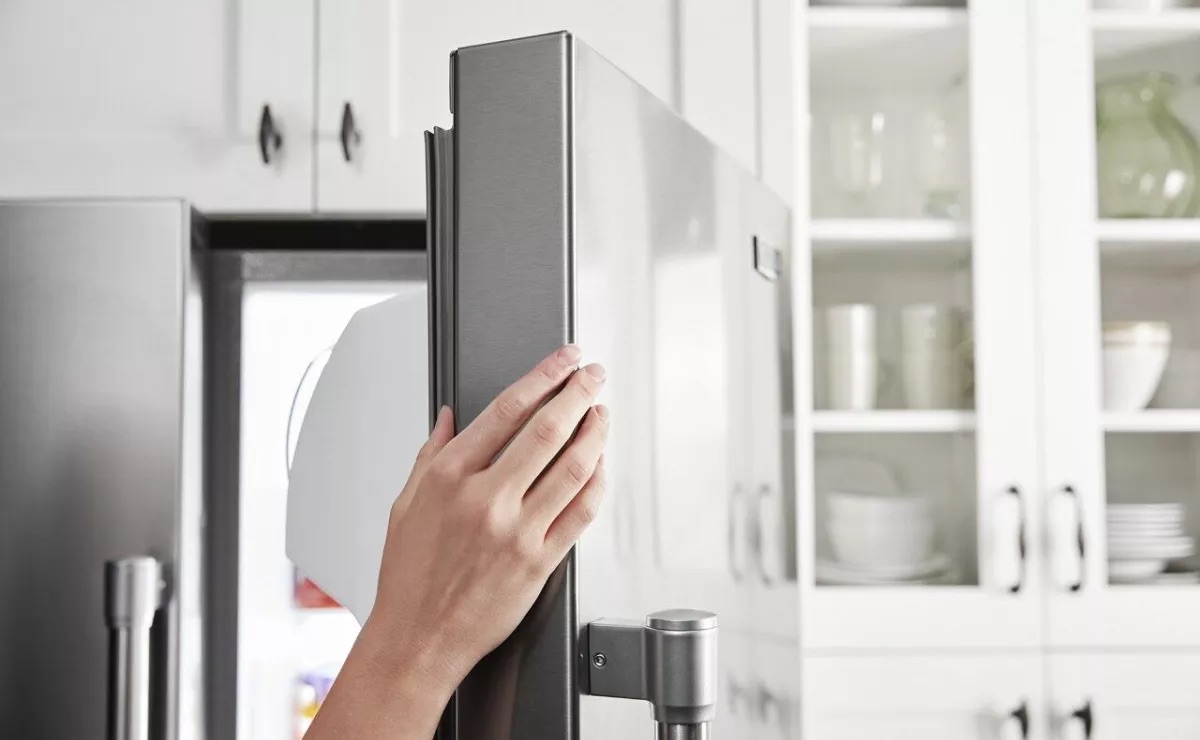



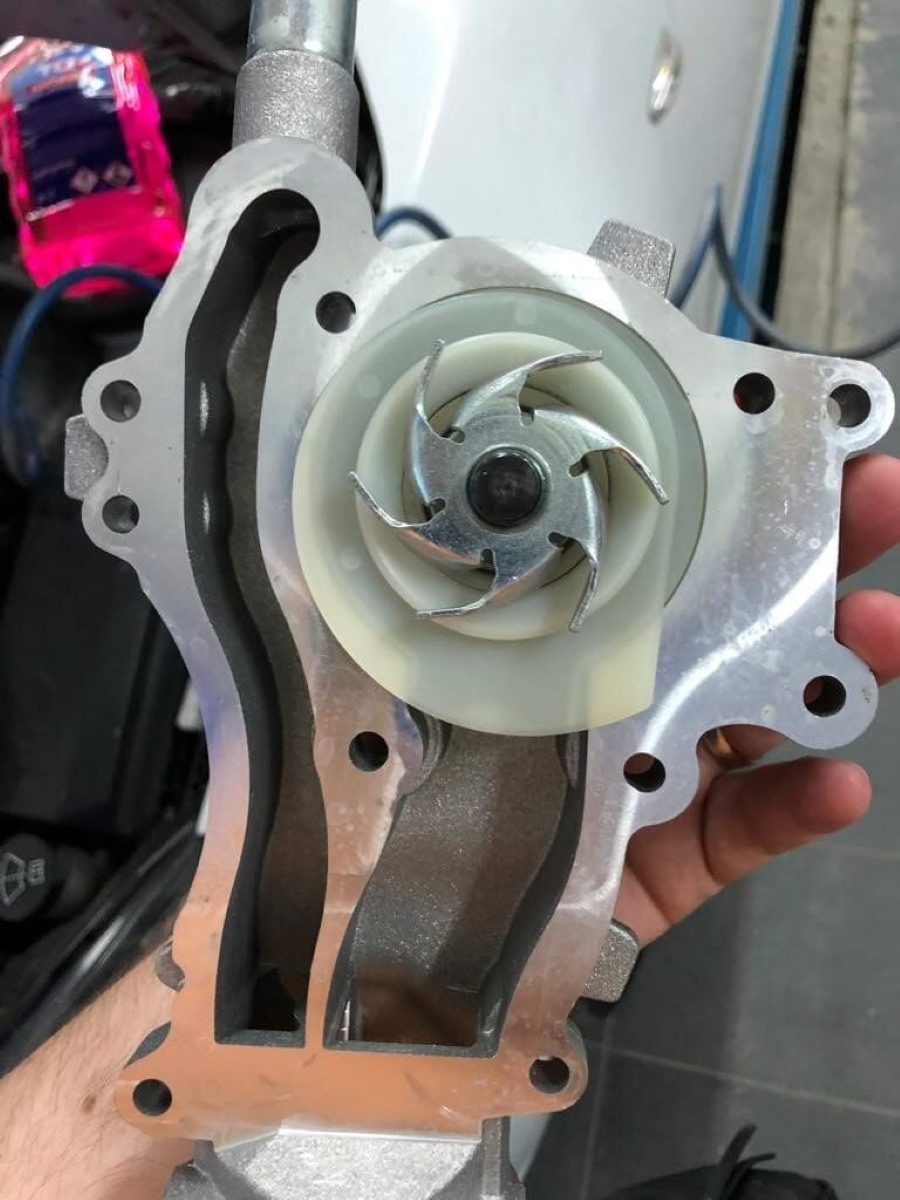
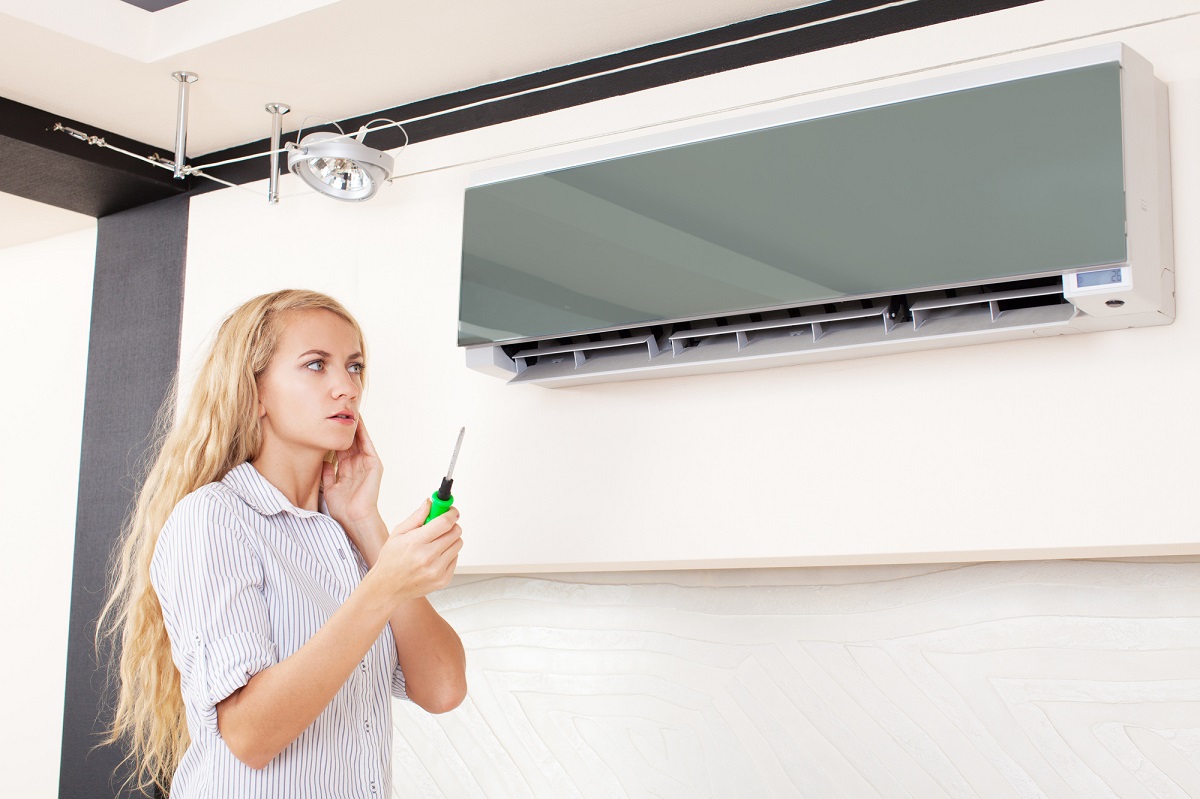
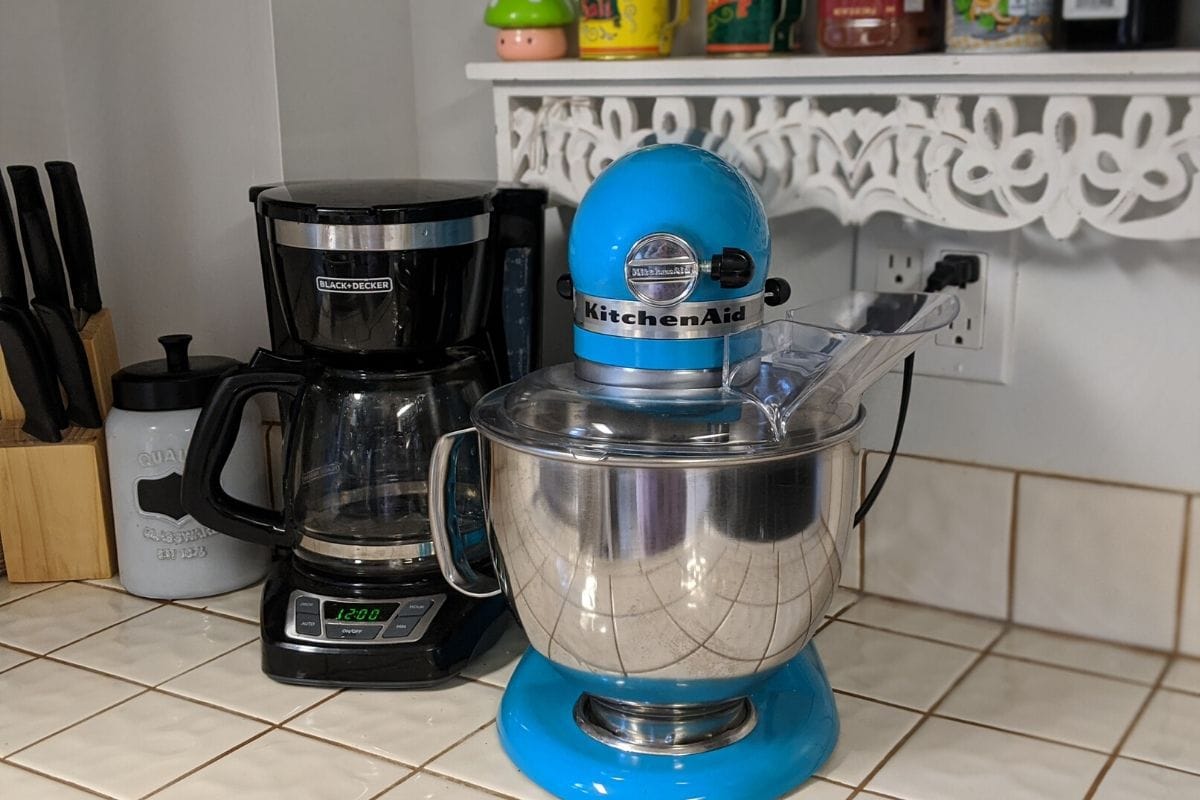

0 thoughts on “Why Does My Fan Make Noise”